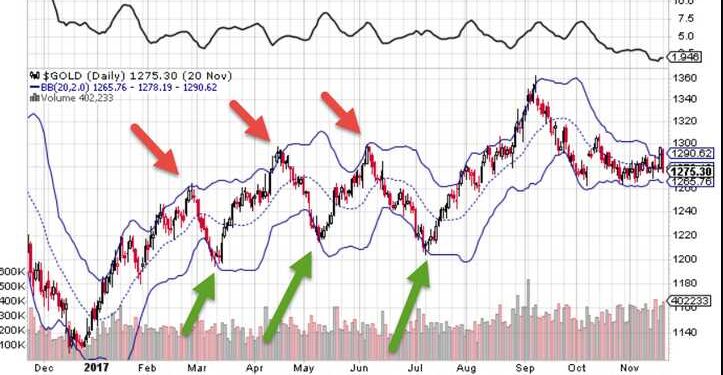CFD stands for Contracts For Difference and is essentially based around gains or losses within a market based on whether an asset goes up or down in value rather than directly owning an asset as with regular trading. This has numerous benefits but may not be for everyone.
There are several strategies out there that will help you with CFD trading, but it’s essential to look at them carefully before diving in head-first. Here we’ve compiled three strategies that we think will work well when used together: hedging, spread betting, and going long/short.
Hedging Your Bets
Generally speaking, this strategy tries to minimise any possible downside by ensuring the trader gets some benefit no matter what happens. This means they get a risk-free position without having to spend so much time worrying about everything that could go wrong. This appeals to many traders, especially those who are new to CFD trading.
Of course, it isn’t easy to find the perfect hedge every time. It would help if you had your assets (or contracts) to move in unison for this strategy to work. However, there are still some excellent hedging opportunities out there that can help you make the most of your investment without sacrificing too much potential profit. Spread betting on commodities like oil or gold can be helpful here as both tend to follow similar trends at any given moment. If they diverge, you will have a problem on your hands.
You’ll need to be careful with this strategy as there are risks associated with both going short and going long – a good idea would be to spread your risk across multiple markets so if one contract drops in value, you can offset your losses elsewhere.
Spread Betting
A spread bet works by taking advantage of fluctuations in a market without owning stock or other tradable assets as with traditional investment. The main benefit here is that you can apply some CFD knowledge and techniques to forex markets which often follow trends that are easy to spot.
That doesn’t mean it will work every time, though. Some traders may prefer long/short strategies, for example, where they take a position on the market’s future direction. This would allow them to make money regardless of whether their prediction was accurate or not.
It’s worth noting that spread betting isn’t for everyone. While it sounds great on paper, some drawbacks can sometimes outweigh the benefits. Make sure you do your research before getting started.
Long/Short CFD Trading
This is one of the simplest forms of CFD trading, but it’s often one of the most popular. The idea here is simple: take a position based on whether an asset will go up or down in value without owning it. If you believe prices will fall, this will count as going short, while expecting them to rise would make you long. Again, these are both high-risk strategies but can yield significant gains if used properly.
Of course, simply taking a position on whether an asset will go up or down is no guarantee of success. Some traders prefer to be more specific with this by applying technical analysis techniques like support and resistance levels, Fibonacci retracements, relative strength indices (RSI), etc. Others take a gamble on the basics, although things like seasonality can help if you know your stuff.
Summary
Whatever your strategy for trading CFD s, make sure you know what’s happening in the market before you put any money at risk, which means keeping an eye on key economic reports. A good idea would also be to look at some tracker tools which can give you detailed statistics about companies or markets which are likely to move according to certain factors. Of course, these indicators don’t always work, and you’ll need to manage your risk if they don’t. New investors are advised to use a reputable online broker from Saxo Bank; for more information on how to sign up for their demo account, follow this link.



